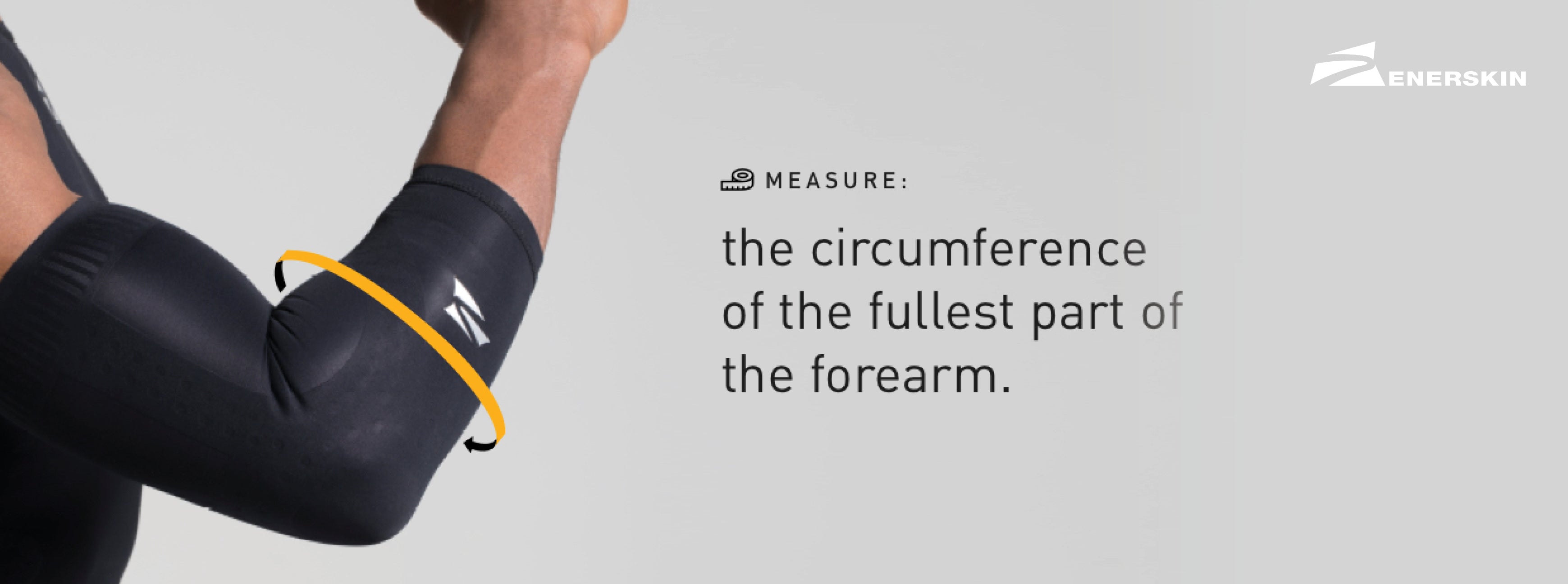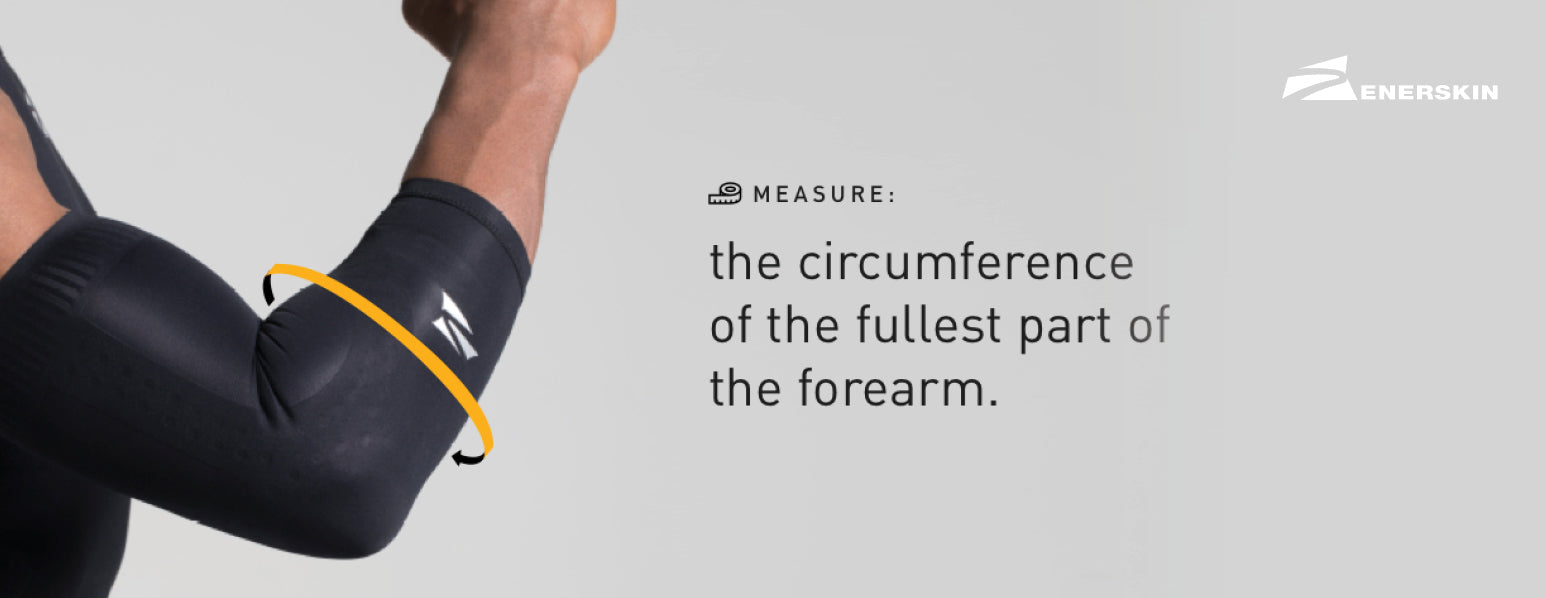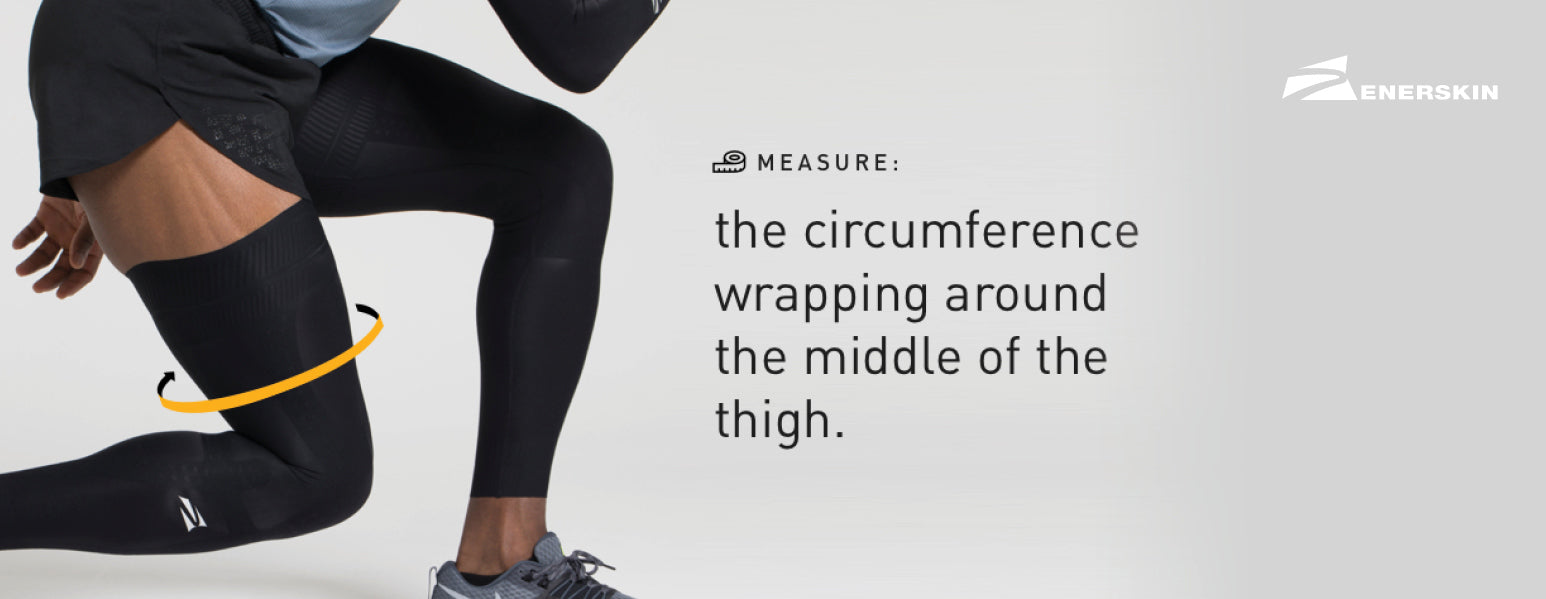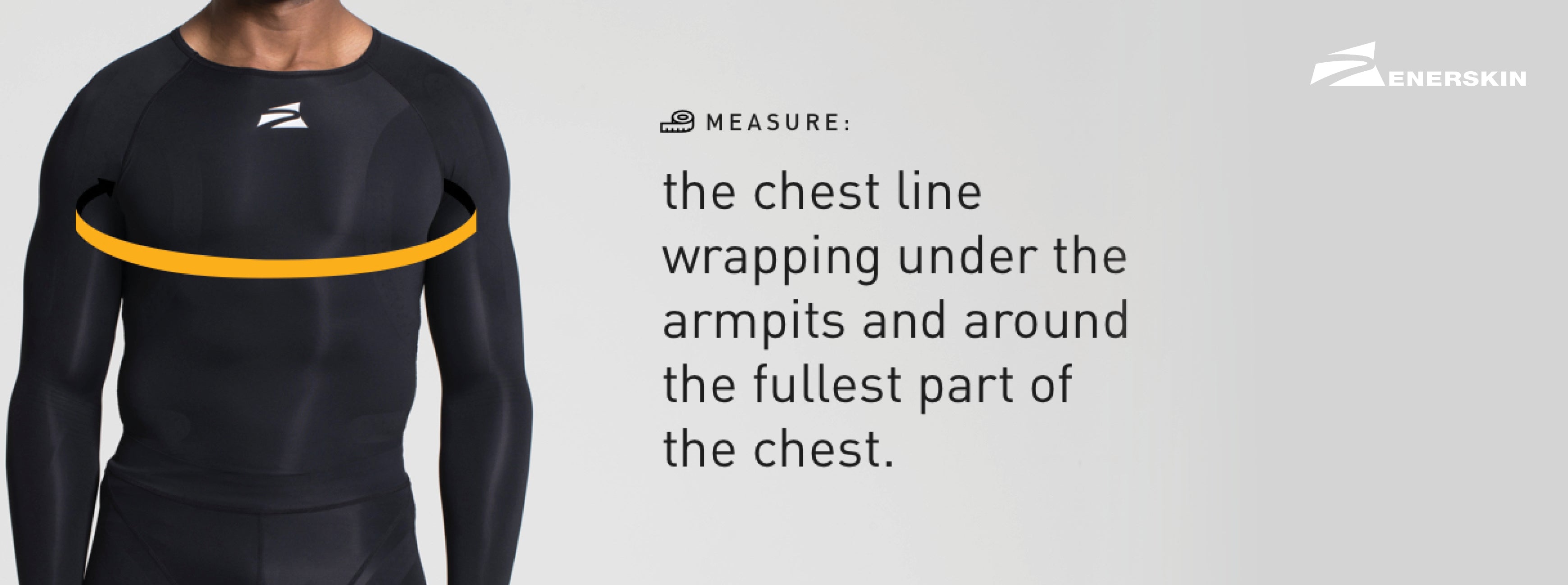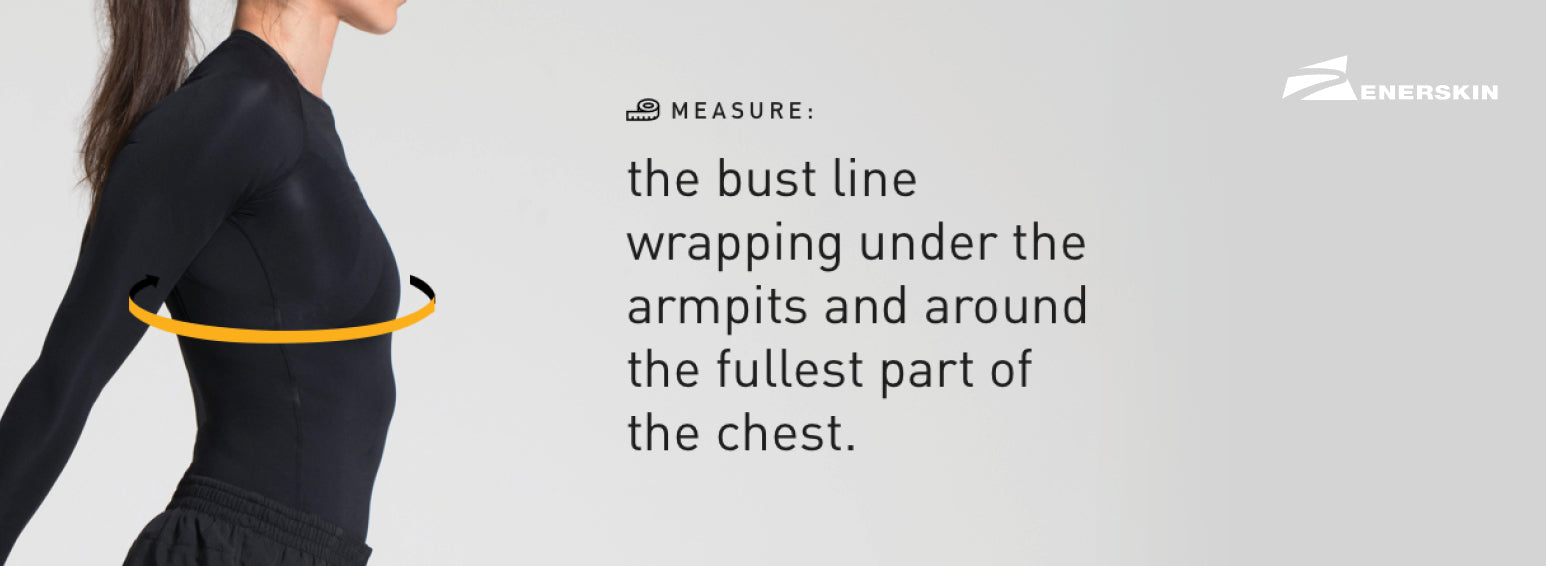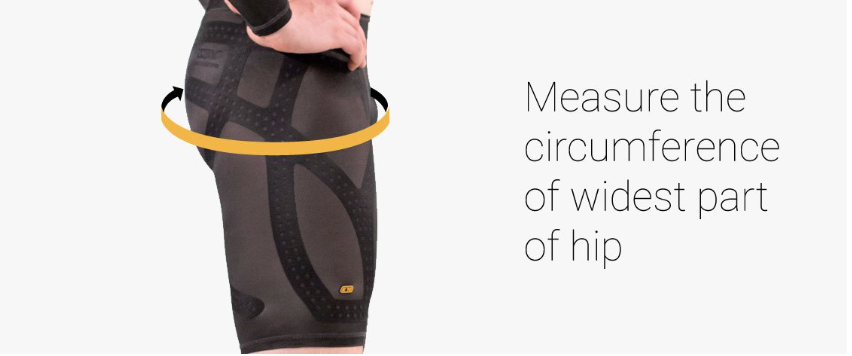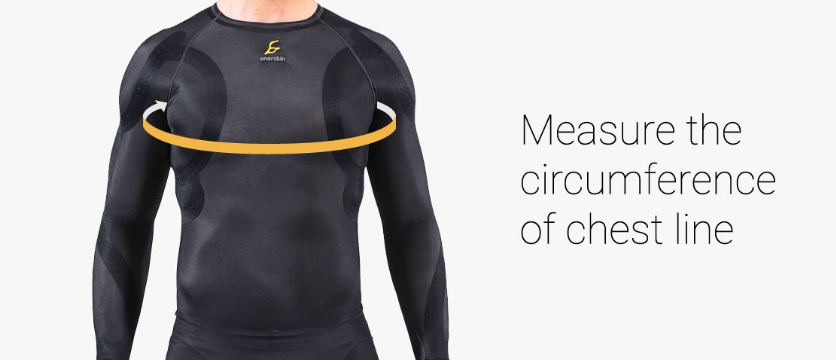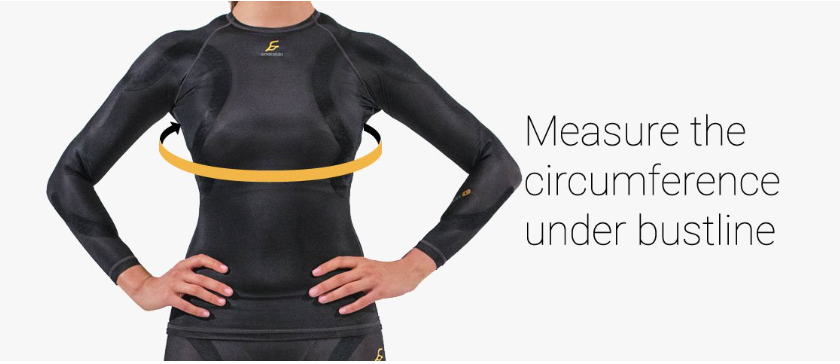The Myth of the Fat-Burning Heart Rate Zone
If you’ve ever used cardio equipment at the gym, you’ve probably seen a fat-burning heart rate zone program on the screen. The idea behind the fat-burning heart rate zone is that exercising at 60% of your maximum heart rate allows you to burn a higher percentage of fat. In this post, we’ll be explaining how this premise is flawed, and how you can truly maximize your time spent working out.

First off, let’s take another look at the claim. When you work out at 60% of your maximum heart rate, it’s true that you’re burning a higher percentage of fat compared to carbohydrates. During exercise, your body uses a fuel mix of fat and carbohydrates, and the more intense your workout, the higher percentage of carbohydrates is used as a fuel compared to fat.
However, if you’re working out at 60% of your maximum heart rate, you’re doing relatively low-intensity activity - oftentimes you’re able to talk in complete sentences during these exercises. Low-intensity activity in itself isn’t a bad thing, but it won’t help you effectively burn fat and lose weight. The biggest issue here becomes the total amount of calories burned, which we’ll illustrate below.
Picture a low-intensity treadmill jog, where you can chat with the person next to you or watch the TV. Over 30 minutes, you burn 150 calories. And since 80% of those calories are coming from fat, that means you burned 120 fat calories.
Now picture a high-intensity spin class, with intense sets that include sprints and hills. Over 30 minutes, you burn 300 calories. Because at higher intensities more carbohydrates are burned compared to fat, only 50% of those calories burned came from fat. But looking at the numbers, that means you still burned 150 fat calories.

Comparing the two workouts, it’s clear that the high-intensity workout burned more fat calories and total calories in the same amount of time. So if you’re optimizing for heart health and weight loss, prioritize higher intensity workouts as opposed to getting into the fat-burning heart rate zone for ideal results.
Another benefit of higher intensity workouts is that your body maintains a higher metabolic rate as it repairs itself. This means that your body more effectively metabolizes food. So if you’re eating healthy, this could result in even more weight loss benefits.

At the end of the day, both low intensity and high-intensity workouts should have a place in your overall fitness plan. The bulk of your health benefits and weight loss should come from higher intensity workouts. But switch things up with lower intensity workouts to give your body a chance to recover and to prevent overuse injuries.
Adding variety in your training sessions will keep things interesting and encourage you to stay active while providing an excellent way to get fit with a lower risk of injuries. If you’re having fun and staying consistent, the fat burning and weight loss will follow!
At Enerskin, we fully support people looking to get healthier through physical activity. We’re excited to offer professional-grade athletic gear to anyone that wants to up their own sports, training, or recovery regimen. While you’re training and competing, don’t forget to look into Enerskin’s many compression options. Enerskin’s E75 collection combines compression with kinesiology taping in an easy-to-wear package. Our line of compression gear helps athletes experience the benefits of compression as well as the benefits of therapeutic taping.
---
Sources:
https://www.shape.com/fitness/tips/should-i-be-working-out-fat-burning-zone

you may also like




